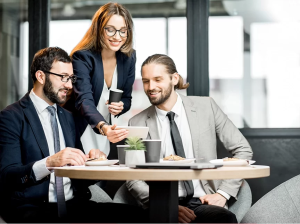Understanding The Process Of Brake Fluid Manufacturing

Brake fluid is essential for the safe and efficient operation of a vehicle’s braking system. The brake fluid manufacturer process involves several key steps to ensure that the final product meets stringent performance and safety standards. Here’s an overview of the key stages in brake fluid manufacturing.
Selection of raw materials
The process begins with the selection of high-quality raw materials. Brake fluid is primarily composed of base fluids and additives. The base fluids are typically glycol-ether or silicone-based. Glycol-ether fluids are hygroscopic, meaning they absorb moisture, while silicone-based fluids do not. Additives are mixed with base fluids to improve performance characteristics such as boiling points, lubrication, and corrosion resistance.
Formulation
In the formulation stage, manufacturers blend the base fluids with additives to achieve the desired properties. The formulation process is precise and requires careful measurement to ensure consistency and quality. The additives used include corrosion inhibitors, anti-foaming agents, and stabilizers. These additives help prevent corrosion of metal components, reduce foam formation, and maintain the stability of the brake fluid under various operating conditions.
Blending
The blending process involves mixing the base fluids and additives in large tanks or reactors. This step must be carefully controlled to ensure uniform distribution of the additives throughout the base fluid. The mixture is stirred continuously to maintain consistency and ensure that all components are thoroughly combined. The blending process also involves heating or cooling the mixture to achieve the desired viscosity and performance characteristics.
Filtration and purification
After testing, the brake fluid is filtered to remove any impurities or contaminants. This filtration process ensures that the final product is clean and free from particulates that could affect its performance or cause damage to the braking system. Purification steps may also be employed to remove any residual water or unwanted chemicals.
Packaging
The filtered and purified brake fluid is then packaged for distribution. Packaging must be done in a way that prevents contamination and maintains the integrity of the fluid. Containers are typically sealed to protect the fluid from moisture and air, which can affect its performance over time. Packaging also includes labeling with important information such as the type of brake fluid, performance specifications, and safety instructions.



